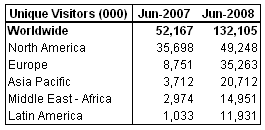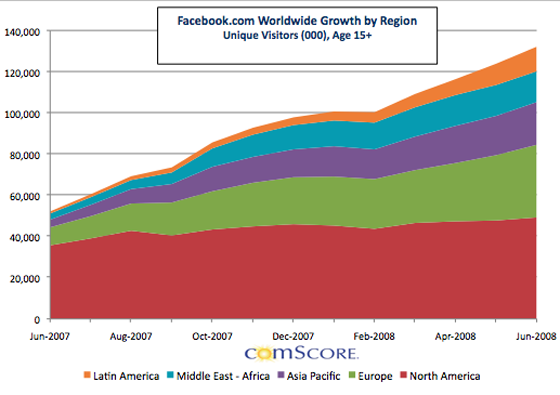For the last two years I have been running global research at Universal McCann that tracks the usage of social media. The results of which have clearly demonstrated the massive growth in usage that is occurring across the world.
The most recent report interviewed 17,000 people in 29 countries and is called “When did we start trusting strangers.” It conclusively proves that as we thought, social media is now directly impacting the way we buy products and services. The publishing of billions of thoughts, opinions and experiences online in the form of blog posts, videos, ratings, reviews and photos is fundamentally changing the way everybody online sources opinions on products, brands and services when they buy something.
This has huge impacts on the way that advertisers and brands have to think about social media - moving involvement from a “nice to have” to an “essential to have.”
When did we start trusting strangers?
The clear trend that emerged was that consumers were sharing opinions in unprecedented numbers. Instant Messenger and email were the top online channels for informing people about products and services, with 44.5 %, 42% having done so in the last month. But more importantly, social channels where opinion spreads wider have become hugely significant, with over 29% having commented on a product or brand on a blog and 27% having posted an opinion on a social networking profile.
The level of commentary varied between product categories. At the top were the entertainment categories, with 60% having recommended a film and 52% music. But technology wasn’t far behind; 57% have recommended home technology, 54% portable technology and 54% a mobile phone service.
In fact, it has become so easy to influence that we can now consider everyone, well certainly everyone online, an influencer to some degree. Of course we’re not all equal, some people shared more influence than others, the prolific bloggers, photo sharers and the video uploaders – the sort of people who read Mashable, are at the forefront.
The result of this new revolution is that we look to and trust new sources for information and the research clearly shows we now trust the opinions of strangers we read online as much as our closest friends and certainly more than advertising. This demonstrates the fundamental importance of the social media revolution that we are living through now.
What do we say to our clients? Participation in social media is not a choice, it is now a default. This is a consumer revolution, they choose who takes part and they are already talking about and commenting on all brands. It is down to companies to decide whether to be actively or passively involved.
Secondly, transparency is essential. Consumers are constantly commenting on products and brands, so honesty and openness are vital. Companies should share their inner workings. Mistakes have to be admitted quickly and control has to be loosened to allow consumers to discuss, share and interact with your brand.
Most importantly, invest in product. The number 1 reason that consumers review a product is a good experience, or a friend having a good experience. In a market driven by consumer recommendation, good companies will shine out.
It’s also remembering that Brands have a major advantage over consumers. They have the resources and contacts to create exceptional online experiences, content and services all of which can establish their presence and reputation online. In fact, brands have some of the most interesting stories to share and have every right to share them. This content needs to be in social networks, blog and video sites, not hidden away in branded websites.
Tom Smith is Head of Consumer Futures at Universal McCann, a global media planning company. Tom’s role is to understand the impact of technology on consumer trends, in particular how it impacts advertising, marketing and media consumption.
(Source - http://mashable.com/2008/10/13/social-media-influence-on-what-to-buy/)
XCOM Media helps brands achieve the nirvana of one-to-one communication through online strategy and consultancy, design, development, web 2.0 and social networking, email marketing, mobile marketing, viral marketing, campaign management, technology and tools and analytics, with lower costs and higher returns than all other forms of marketing.
To view our work or to find out how XCOM Media can help your business contact us.

 Many businesses these days are venturing into the Wild West of social media, trying their hand at things like blogging and
Many businesses these days are venturing into the Wild West of social media, trying their hand at things like blogging and 











 MySpace will announce support for the
MySpace will announce support for the 